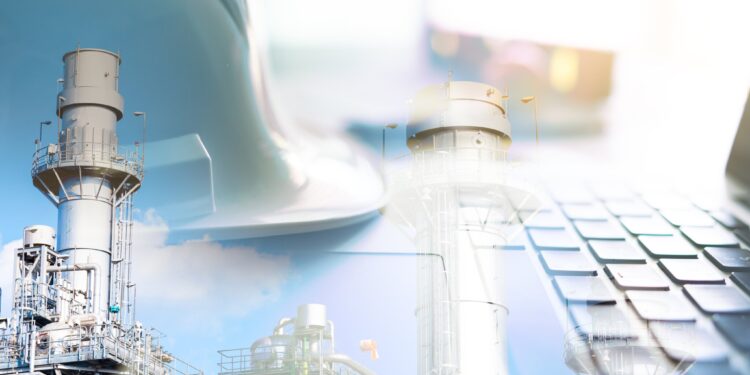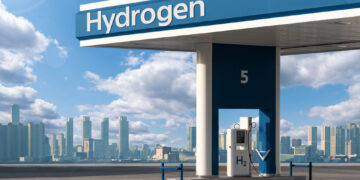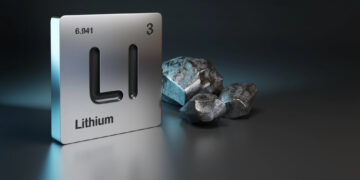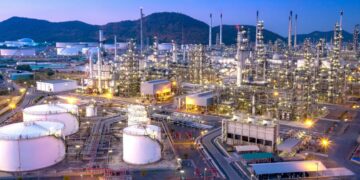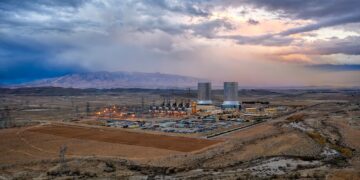Aramco has unveiled Saudi Arabia’s inaugural carbon dioxide direct air capture (DAC) test unit, designed to eliminate 12 tons of CO2 annually. This initiative, in partnership with Siemens Energy, marks a significant step in Aramco’s strategy to enhance its direct air capture capabilities.
The facility serves as a test bed for cutting-edge CO2 capture materials, tailored to the unique climate of Saudi Arabia. Aramco aims to reduce costs to accelerate the adoption of DAC technologies in the region.
Technologies that directly capture carbon dioxide from the air will likely play an important role in reducing greenhouse gas emissions moving forward, particularly in hard-to-abate sectors,
said Ali A. Al-Meshari, Aramco’s senior vice president of technology oversight and coordination.
Aramco and Siemens Energy are committed to scaling up this technology, potentially paving the way for large-scale DAC facilities. Al-Meshari emphasized the dual benefits of the facility: reducing emissions and utilizing extracted CO2 to produce sustainable chemicals and fuels.
These initiatives are crucial to Aramco’s goal of achieving net-zero Scope 1 and Scope 2 greenhouse gas emissions by 2050. The company is exploring CO2 capture at emission points and directly from the atmosphere, utilizing a circular carbon economy approach.
Following a 2024 announcement, Aramco, along with partners Linde and SLB, has laid the groundwork for a Carbon Capture and Storage (CCS) hub in Jubail, supported by the Ministry of Energy. Phase one of this hub will capture and store up to nine million metric tons of CO2 annually, with completion expected by 2027.
This phase will capture CO2 from three Aramco gas plants and other sources, transporting it via pipelines for underground storage in a saline aquifer, leveraging Saudi Arabia’s geological potential.
